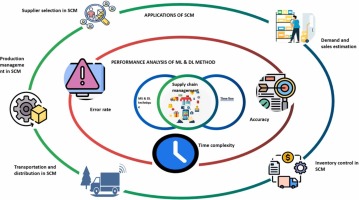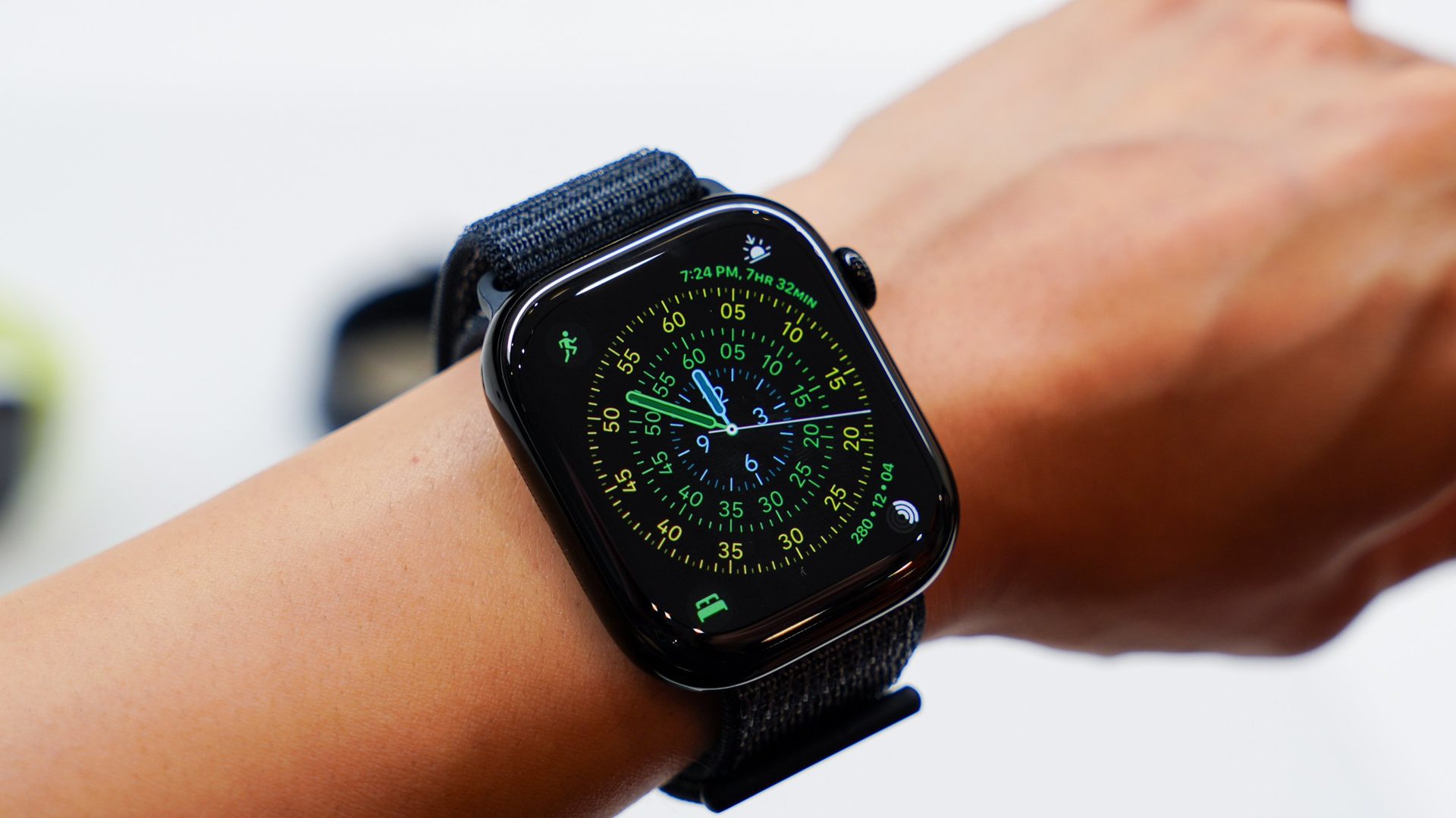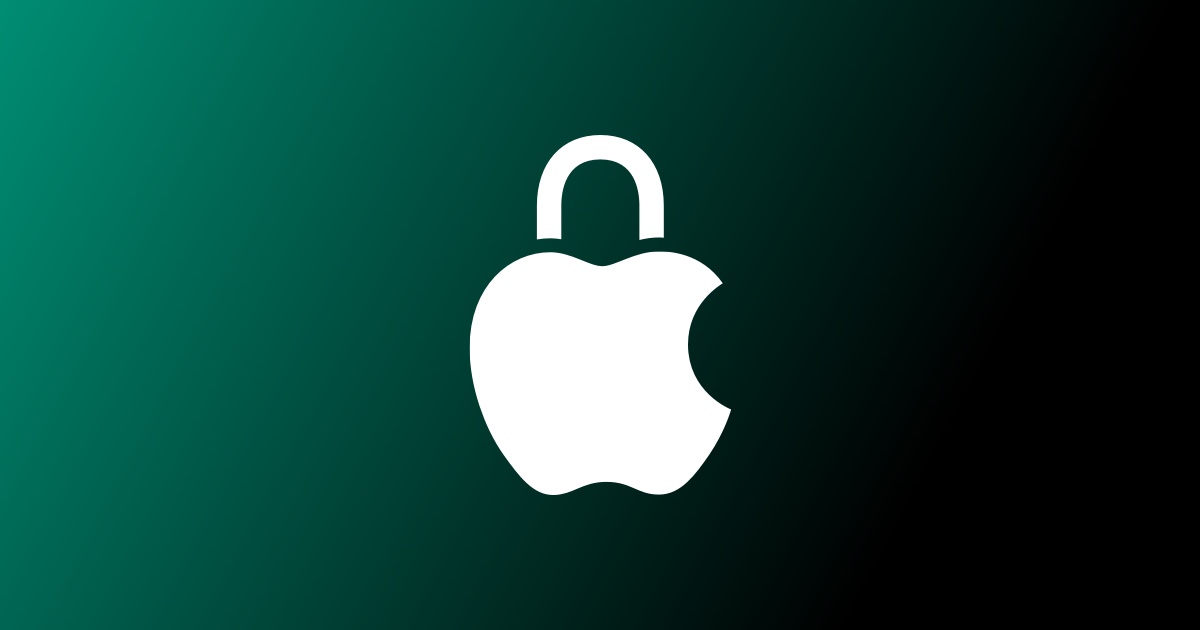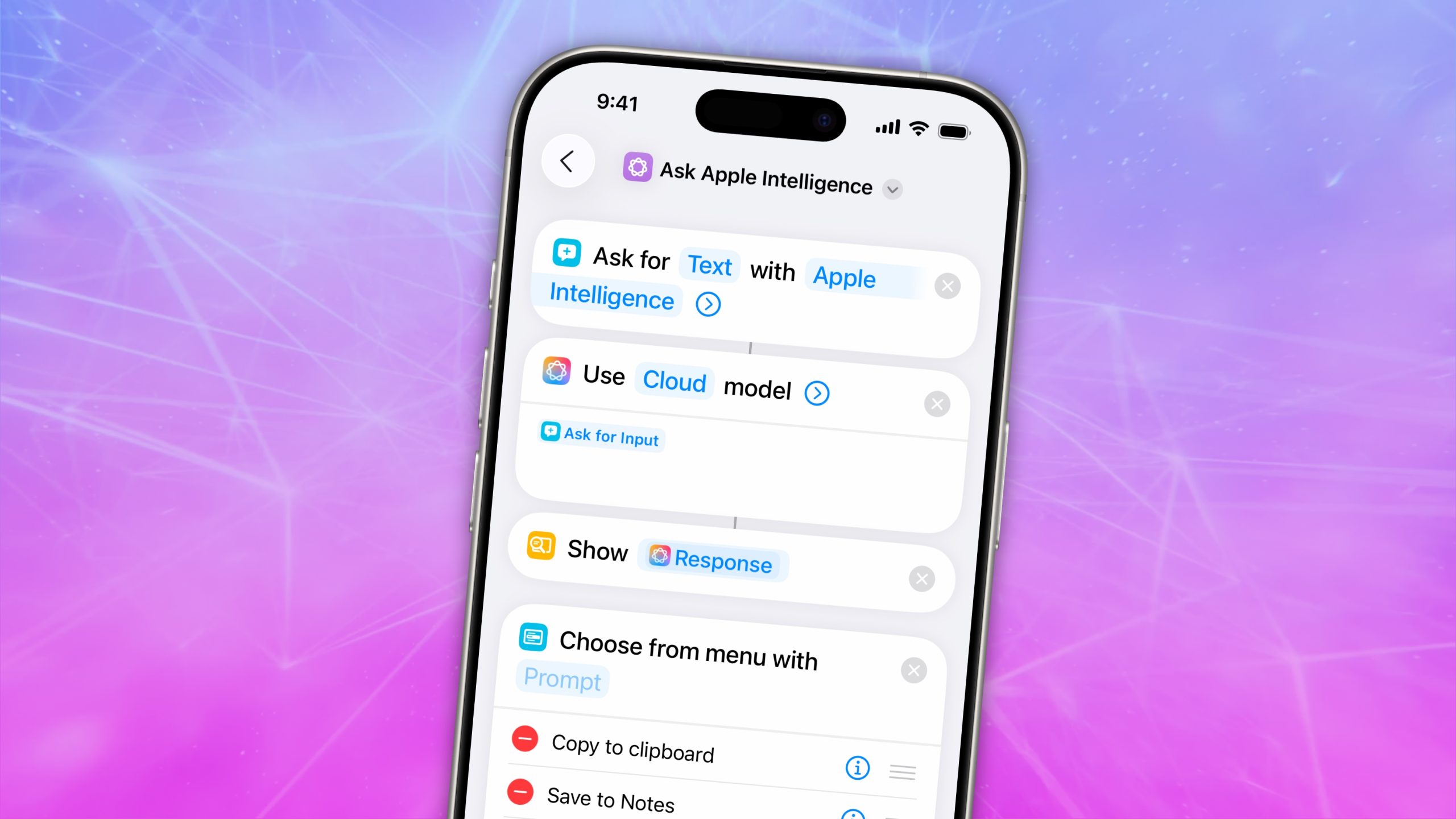If you haven’t had the opportunity to view the first segment of the three-part concluding season of Netflix’s “Stranger Things,” or perhaps you’re considering re-watching it in preparation for the release of season 5, volume 2 on December 25, 2025, then it’s essential to pay attention to some TV settings tweaks shared by Ross Duffer of the Duffer Brothers and the series creator. Even if you’ve already seen part one, modifying these settings will enhance your viewing experience as you gear up for parts two and three.
Duffer shared what he describes as a PSA on his Instagram profile, recommending common TV settings he suggests disabling. He points out that these settings will adversely affect your viewing pleasure and present scenes in a way that deviates from the filmmakers’ intentions (because indeed, the episodes resemble miniature films!). Included among these is TruMotion or motion smoothing, which results in the dreaded soap-opera effect, along with various picture settings related to resolution, contrast, and color filtering. Additionally, he highlights other picture options he advises fans to steer clear of, like noise reduction. By eliminating these “garbage” TV settings, as Duffer labels them, you’ll experience a more authentic cinematic sensation throughout the episodes.
Turn off motion smoothing
Among the “worst offenders,” as Duffer categorizes it, is TruMotion, frequently referred to as motion smoothing. This feature produces what is commonly known as the soap opera effect, rendering motion unnaturally smooth and lifelike. It’s termed so because the visuals tend to resemble cheesy soap operas rather than a gritty cinematic series.
Although the motion smoothing feature can be advantageous for content such as soap operas and reality television, as it artificially elevates the frame rate for ultra-smooth motion and hyperrealism, it may also reduce blur in sports and gaming. Some viewers appreciate this feature for specific content, while others abhor it entirely. Regardless, for a series like “Stranger Things,” it can make scenes—especially during quick camera pans—appear quite odd. If the TV includes a separate setting for blur reduction, it may be beneficial to keep that enabled. However, if the display offers a refresh rate of at least 120Hz, it should adequately manage motion blur without these extra enhancements.
Vivid mode is a significant no
Duffer mentions a setting known as Vivid Mode available on his LG TV but cautions against activating this mode or anything similar on other TVs. “It’s going to activate all the worst offenders,” he states in the Instagram video, “it’s going to ruin the color and is not what the filmmakers intended.”
This mode, which might also be referred to as dynamic mode, is designed to enhance brightness, contrast, and color saturation. While this may work well for animated films or cooking shows and nature documentaries, for “Stranger Things,” it detracts from the foreboding, dark ambiance of the Upside Down, alongside other scenes meant to be subdued rather than bright and vivid. The result could yield unnatural, harsh, and oversaturated visuals. Although Duffer doesn’t explicitly recommend it, if the TV has a Cinema, Movie, or Filmmaker Mode and you prefer a single-touch preset, these options are more suitable.
Noise reduction isn’t necessary
Another feature Duffer insists fans should disable is noise reduction. Noise refers to the black and white speckles you may notice on the screen, which isn’t typically a significant problem with the high-quality content available today. Noticeable noise might only appear if a TV is upconverting signals from a lower-quality source, such as an old DVD or an over-the-air signal. However, this is not applicable for Netflix and this series, unless you’re using an extremely outdated TV that may lack this picture setting.
Given that the digital source is already clear, ensure this mode is turned off. It can obscure details and finer textures, which are vital in many scenes of “Stranger Things.” Whether it’s Vecna’s chilling costume or the details of the demogorgons as they unfurl their heads to showcase the frightening intricacies of their mouth-like openings, it’s essential to capture every nuance. The last thing you want while watching a show like this is a softer picture, so avoid this mode when viewing on top-tier smart TVs.
Other picture mode settings to evade
Duffer points out several additional settings to disable, including dynamic contrast, super resolution, edge enhancement, and color filter. Dynamic contrast aims to adjust brightness in scenes to enhance vibrancy, but it can also result in artifacts and lost detail in bright or dark scenes, the latter being especially critical for “Stranger Things.” Super resolution utilizes AI to upscale lower-resolution content for fitting onto a higher-resolution display. But as
Read More







